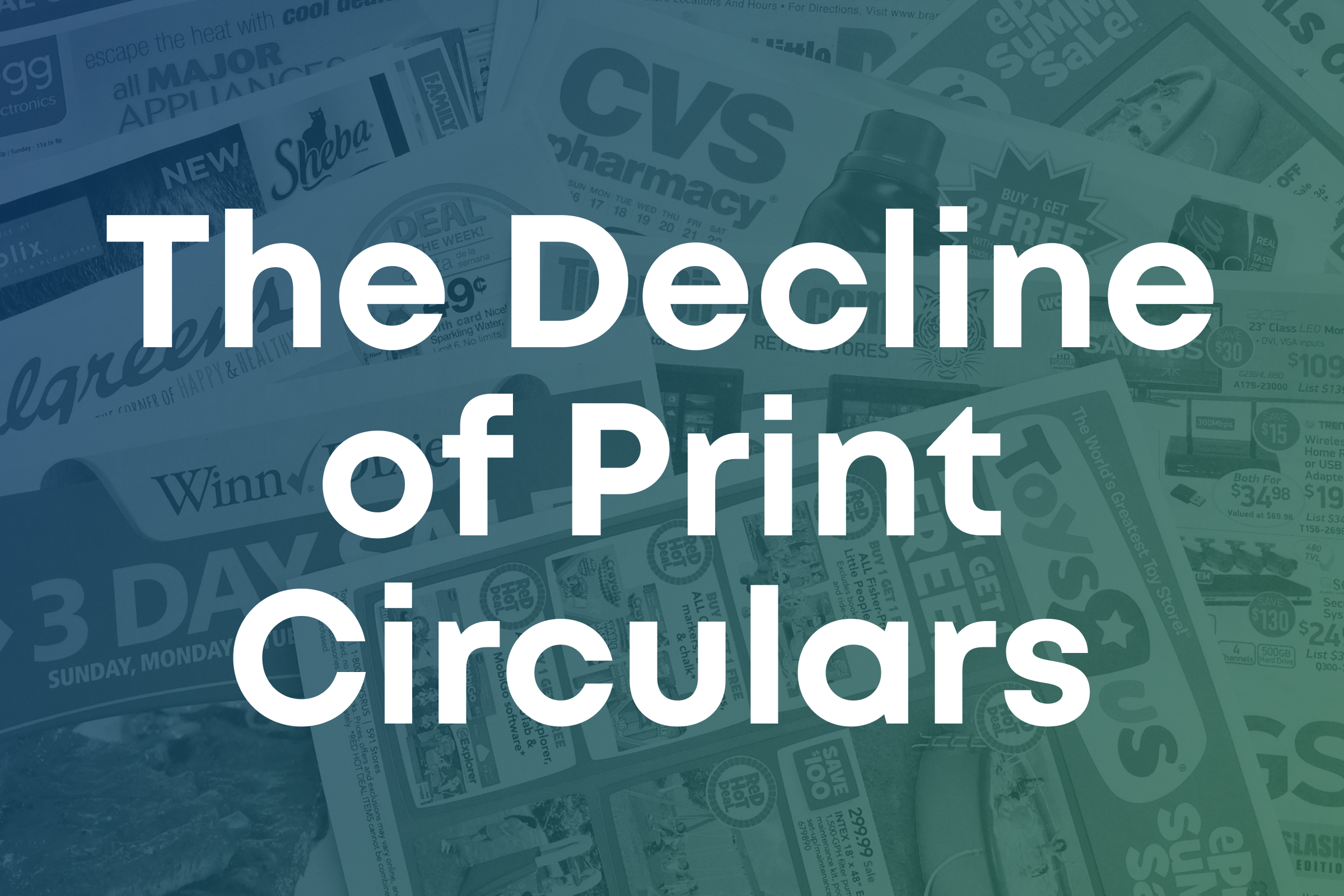Why First-Party Data Is Still King: The Power of Personalization in Grocery Retail
Swiftly
The grocery retail industry is seeing a significant shift as shoppers' digital and physical experiences continue to change and intertwine. Today’s consumers aren’t just looking for products; they're seeking personalized shopping experiences that resonate with their unique tastes, preferences, and lifestyles. This seismic shift towards personalization isn’t just a trend but a fundamental change in consumer expectations.
The Power of Personalization
Why does personalization matter so much? Because in the crowded grocery retail market, personalization is the key to standing out. It transforms shopping from a mundane task into an engaging, satisfying experience. Personalized experiences make shoppers feel understood and valued, leading to increased customer loyalty, higher conversion rates, and—ultimately—greater sales. Data-driven personalization also offers invaluable insights into consumer behavior and expectations, enabling retailers to make informed decisions about inventory, marketing strategies and shopper engagement.
And at the heart of meeting these expectations?
First-party data.
Diving Deeper: The Goldmine of First-Party Data for Retailers and Brands
The conversation around personalization in the grocery retail industry is incomplete without a deeper understanding of the first-party data that fuels it. This information, collected through various touchpoints in the retail technology ecosystem, is a treasure trove of insights waiting to be unlocked. But what kind of data are we talking about, and how can retailers and brands leverage it to their advantage? Let’s talk about it.
Here's the Information You’ll Get:
Leveraging first-party data offers unparalleled insights into your customers' preferences and behaviors. This includes:
1. Purchase History: Perhaps the most direct indicator of consumer preference, purchase history data reveals what customers are buying, how often, and in what combinations. Retailers can use this information to tailor promotions and suggest add-ons or alternatives that align with past purchases.
2. Browsing Behavior: Online interactions provide a wealth of information. Which products are customers viewing but not buying? What searches led them to your site? This first-party data can help retailers understand consumer interests and intent, allowing for the fine-tuning of marketing messages and product recommendations.
3. Demographic Information: Age, location, household size – these factors can greatly influence shopping habits. Demographic data enables retailers to segment their audience and create personalized marketing strategies that resonate with different customer groups.
4. Social Media Insights: Social platforms offer a direct line to consumer opinions and trends. Analyzing social media data helps brands understand how their products are perceived and identify emerging trends that can inform product development and marketing strategies.

And Here Is How You Can Use It:
With access to this rich first-party data, retailers and brands can go down a strategic path to personalization. Here’s how:
• Targeted Advertising: Use purchase history and browsing behavior to deliver ads that speak directly to the customer’s interests. Retailers can significantly increase the relevance and effectiveness of their advertising efforts, driving both engagement and sales.
• Product Recommendations: Algorithms can analyze data points to suggest products that a customer is likely to be interested in, enhancing the shopping experience and increasing basket size.
• Inventory Management: By understanding popular products and predicting trends, retailers can optimize their inventory, ensuring that high-demand items are always in stock while reducing waste on items with less turnover.
• Customer Engagement: Tailored email marketing campaigns, personalized offers and loyalty rewards based on individual customer data can enhance customer satisfaction and loyalty.
Retail Media: The Engine of Personalization
Retail media is the powerhouse driving personalized shopping experiences. By leveraging the above first-party data, retail media platforms enable grocery retailers to deliver targeted advertisements and promotions directly to consumers. This isn't about bombarding shoppers with irrelevant ads. It’s about using insights gained from shopping behaviors to create a tailored shopping journey for each customer. From suggesting a new gluten-free snack based on past purchases to alerting a loyal shopper to a discount on their favorite brand of coffee, personalization powered by retail media is transforming the way we shop.
Retail Technology: Bridging the Gap
The backbone supporting these personalized experiences is cutting-edge retail technology. Today’s retail platforms are sophisticated ecosystems that analyze vast amounts of data in real time, understanding customer preferences and predicting future shopping trends. These platforms don’t simply process transactions; they create connections, offering personalized suggestions that enhance the shopping experience and build loyalty.
It's Time to Get Personal
What it comes down to is this: the retail media landscape is evolving rapidly, powered by advancements in retail technology and the strategic use of first-party data. For grocery retailers and brands, the ability to harness and interpret this data is a cornerstone of success in an increasingly personalized shopping environment.
By integrating these insights into your strategy with platforms like Swiftly, you can unlock the full potential of retail personalization, ensuring that your business not only survives but thrives in the dynamic landscape of grocery retail. Book a demo today.




